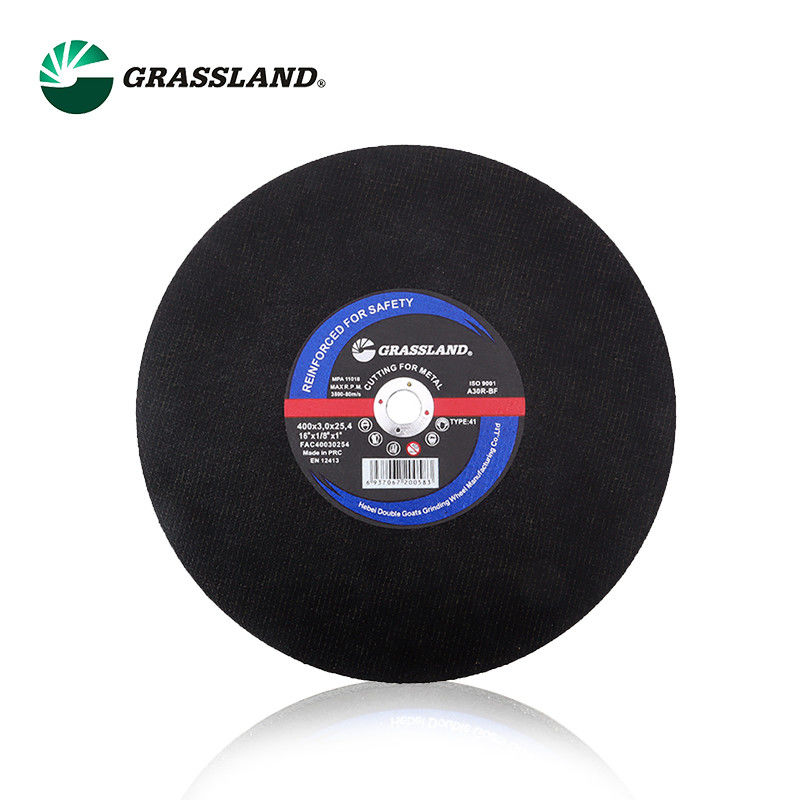The Importance of Choosing the Right Stone Cutting Grinder Wheel
When it comes to stone cutting, one of the most crucial tools in your arsenal is the grinder, specifically the stone cutting grinder wheel. Selecting the right wheel can significantly impact the efficiency, precision, and safety of your cutting projects. In this article, we will explore the various types of stone cutting grinder wheels, their applications, and factors to consider when making your choice.
Types of Stone Cutting Grinder Wheels
1. Diamond Wheels Diamond wheels are renowned for their durability and cutting efficiency. They are designed with diamond particles bonded to the wheel's surface, allowing for precision cutting through hard materials such as granite, marble, and other dense stones. Due to their strength, diamond wheels are ideal for both professionals and serious DIY enthusiasts.
2. Aluminum Oxide Wheels These wheels are generally less expensive than diamond wheels and work well for softer stones. They are effective in cutting and shaping materials like limestone and sandstone. Aluminum oxide wheels provide a good balance between performance and cost, making them a popular choice for general-purpose cutting tasks.
3. Silicon Carbide Wheels Silicon carbide wheels are suitable for cutting hard stone, but they tend to wear out faster than diamond wheels. They are often used for polishing and grinding rather than for cutting, making them a versatile choice for various applications.
4. Turbo Wheels Turbo wheels feature a serrated design that helps eliminate dust and debris while cutting, allowing for a fast and efficient cutting process. They are particularly effective for wet cutting, which minimizes heat and reduces the risk of damage to the material being cut.
Factors to Consider When Choosing a Stone Cutting Grinder Wheel
stone cutting grinder wheel

1. Material Compatibility First and foremost, consider the type of stone you will be cutting. Different wheels are designed for specific materials. Using a wheel not meant for the material can lead to poor performance and increased wear on the wheel itself.
2. Grain Size The grain size of the wheel affects the finish quality of the cut. Finer grains result in smoother cuts, while coarser grains can cut more aggressively but may leave rough edges. Depending on your project’s requirements, selecting the appropriate grain size is essential.
3. Wheel Thickness Thicker wheels are generally more durable and can withstand more stress, making them ideal for heavy-duty cutting. However, thinner wheels can provide more precise cuts, especially for intricate designs.
4. RPM Rating Ensure that the wheel you select is compatible with the RPM (revolutions per minute) of your grinder. Using a wheel rated for a higher RPM than your grinder can lead to dangerous situations, including wheel breakage.
5. Cooling Mechanisms Some grinding tasks generate significant heat, which can damage both the wheel and the stone. Choosing wheels designed for wet cutting can help maintain optimal temperatures and prolong the life of your tools.
Conclusion
In conclusion, selecting the right stone cutting grinder wheel is vital for achieving the desired results in your stone cutting projects. Whether you are a professional contractor, a DIY enthusiast, or a hobbyist, understanding the different types of wheels and their applications will enhance your work’s quality and efficiency. Remember to consider material compatibility, grain size, wheel thickness, RPM ratings, and cooling mechanisms when making your choice. With the appropriate stone cutting grinder wheel, you can tackle any stone cutting project with confidence, precision, and safety.
Post time:Dec - 19 - 2024

















